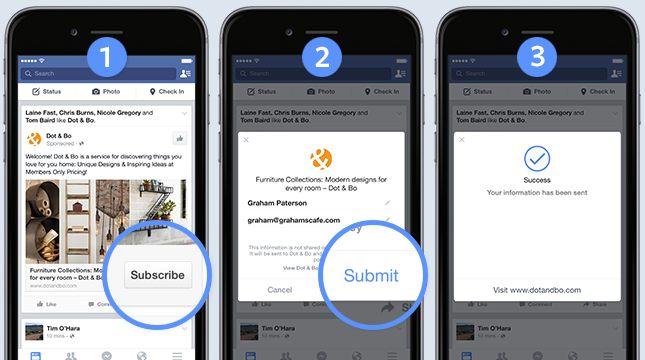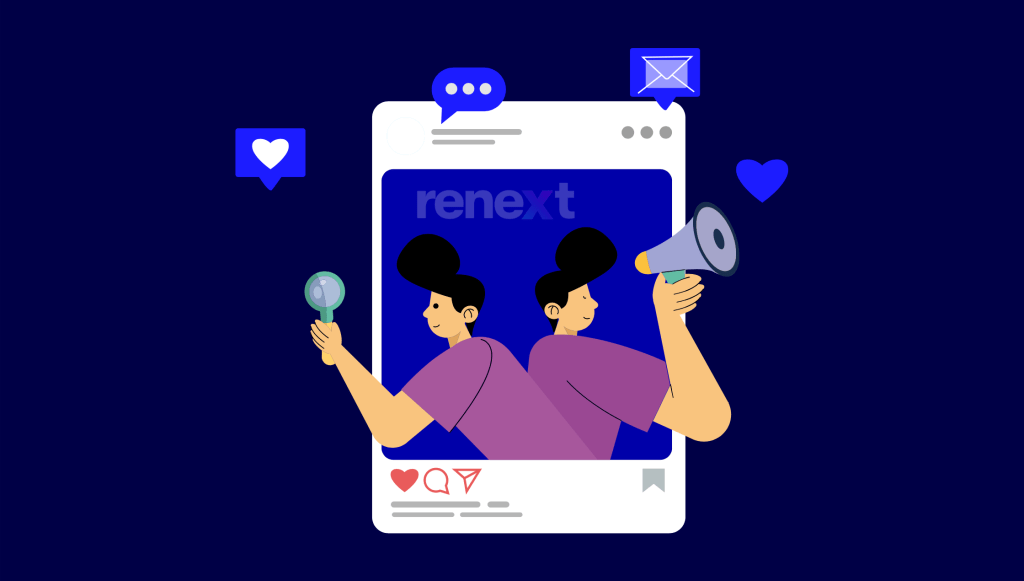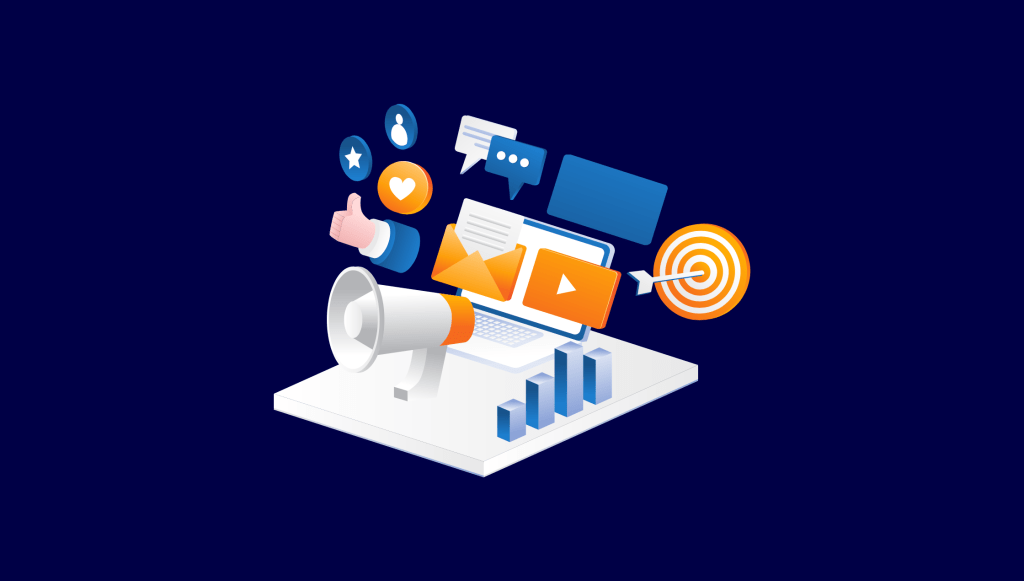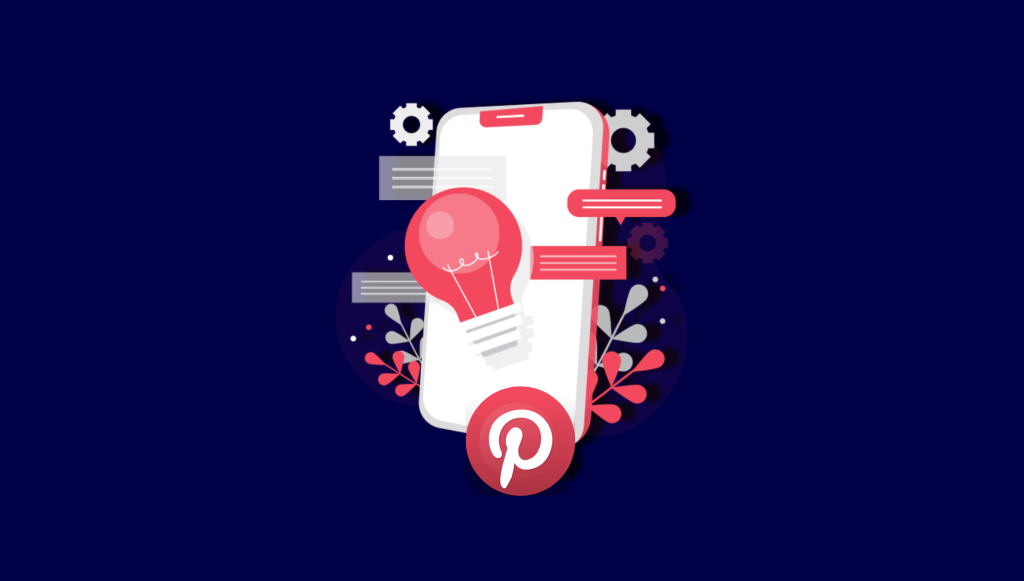Many social media marketers ask whether Facebook Ads or LinkedIn Ads are better for their company. You might think Facebook because it has more users against LinkedIn’s 950 million users, Facebook has 3 billion active users). Does the size of the platform itself, however, define which is superior? No.
Although Facebook and LinkedIn have certain similarities, they each have different functionalities and the ability to reach particular audiences.
Depending on your brand and marketing plan, you can choose the platform that will work best for your campaigns. Additionally, it’s critical to understand the key audience, ad formats, targeting, pricing, and analytics capabilities that each platform provides.
Benefits of Advertisements
In recent years, social media has captivated the world by surprise. To that end, if you truly want to engage with your target audience, you must be both present and active on social media.
With so many people utilising social media sites such as Facebook and LinkedIn, social media advertising is a marketing tactic that you should not overlook.
Works on Improving Loyalty Towards Brand
Engaging with your clients on social media can assist your company in building a loyal customer base. More than just marketing your products or services is at stake with social media advertising. It allows you to engage with your target audience and build genuine relationships.
Social media advertising can be an excellent example of social proofing, which can boost brand loyalty and convert one-time visitors into lifelong consumers.
To illustrate customer happiness, you can utilise social media advertising to offer client testimonials or case studies.
Remarketing ads on social media can help to increase brand loyalty by keeping your products in the minds of your customers and website visitors.
Facilitates Brand Recognition
By marketing your company, products, or services on social media, you are immediately raising brand recognition.
Even before clicks and conversions, you are exposing your brand to millions of individuals by using social media ads.Increasing brand awareness offers numerous advantages for your company. Whether you are a novice to your market or an established brand, the increased exposure from social media advertising could result in new leads and improved conversions for your company.
- Acquire a Good Position in Search Ranking
A social media account undoubtedly increases visitors. If your company has a social media presence, it is likely that it will show among the top search results for a relevant product or service, resulting in increased visibility. Search engine optimization tools are another appealing alternative because of their capacity to deliver more traffic to company websites while also getting higher search rankings.
Social media advertising has become a popular marketing tool for many new businesses and organisations throughout the world. This is owing to the ease with which social networking platforms may be used to sell goods and services. The findings are almost usually instant, allowing businesses to assess the efficiency of their marketing strategies.
- New Customers
Whether you plan to run advertisements on Facebook or LinkedIn, social media advertising allows you to re-engage with new people who could benefit from your product or service.
Social media advertisements, target users based on their preferences, activities, and other demographic data. This allows us to introduce our brands to new consumers based on targeting and how our offers correspond to those interests and behaviours. People may be unaware of your brand or that your products or services exist, but after seeing your prospecting ad, they may discover that it could help their lives in some way or that they just want what you are selling.

Facebook Ads vs. LinkedIn Ads
Intent
Because of the user purpose, according to several experts, LinkedIn is better for B2B advertising. People sign up for this social network in order to achieve certain professional or commercial goals.
Facebook, though, is for amusement. LinkedIn encourages networking, teamwork, and business communication among professionals. It brings together people with similar interests and aids in their networking. Facebook is the ideal method to increase your sales if you were advertising to consumers.
But Facebook can disappoint you if you’re looking for a business partner to place an order with you. However, the existence of company pages on Facebook demonstrates that there is still work done there.
Groups
Groups are a great method to bring individuals together, whether it’s for networking or sales content.
When using either platform, it is vital to understand people’s motivations. Consider the mindset you have when you join a Facebook group or a LinkedIn group. While you will participate in both, you will do so for different reasons.
Facebook groups are more intimate. They are typically associated with lifestyle, politics, or hobbies. LinkedIn groups are work-related, bringing together like-minded people. Again, the platform you select is determined by your goals.

Audience
Due to the fact that Facebook is frequently used to interact and communicate with friends and family, Facebook frequently targets audiences who are of a personal nature. Since its users are more engaged in professional networking, seeking guidance on career-related issues, and working with like-minded individuals, LinkedIn is acknowledged as having a more professional target audience.
Therefore, if you own an agency, you want to increase your brand’s recognition among other businesses. Most likely, LinkedIn is a superior platform.
But if you run an online store and offer products to customers, Facebook can be a better place to reach your target market.

Budgets
Consider how much you want to invest on advertising. Facebook and LinkedIn are both cost-effective options because you may decide just how much you’ll pay. When you compare the cost-per-click for each platform, the differences become apparent.
While Facebook’s cost per click is $3.85. The average cost per-click for LinkedIn advertisements is somewhere around $5.26. On paper, Facebook would appear to be the more affordable medium for advertising.
You don’t necessarily get higher-quality leads just because you pay less per click, though. Using LinkedIn to generate leads can be quite beneficial. Despite spending less time on LinkedIn, users are still thinking about conversions while they browse.
Advertisement Formats
The platform’s ad formats and the level of audience involvement have an impact on how effective your advertising is as well.
A range of ad layouts designed for professional engagement are available on LinkedIn. Among the alternatives are sponsored content, sponsored InMail, and text advertisements. The possibility of engagement from professionals looking for industry-specific material is increased by the fact that these formats are created to smoothly integrate with the platform’s professional environment.
There are several different ad styles available on Facebook, including image advertisements, video ads, carousel ads, and more. These layouts are perfect for drawing users’ attention and piquing their interest because they are designed for social involvement.

Technology
In terms of technology, LinkedIn is surpassed by Facebook. It is bigger and contains a lot of data. You don’t need to provide any information about your hobbies because Facebook will determine who you are based on your clicks. As a result, it is an advertisement that targets those who are looking for others who share their opinions, interests, etc. This is an effective method for bringing together potential B2B partners.
Though it’s likely that LinkedIn may make use of similar technologies in the future, the matched audience targeting that has been introduced on this platform so far cannot compete with Facebook’s methods.
Analytics
The Page Insights function on Facebook is an excellent tool. It includes key data such as page likes, post reach, and engagement.
You can track audience changes by viewing information about your page’s likes and dislikes in the ‘Likes’ option. Post reach, positive and negative engagement, and total reach for content effect are all broken down in the ‘Reach Option. The ‘Visits’ section provides information on page and tab visits. Additionally, the ‘Posts’ section assists in determining the best content categories.
You may measure video views, 30-second views, and top video performance for videos. ‘People’ section contains information on your admirers, reached people, and engaged users. These insights enable you to effectively optimise your Facebook approach.
LinkedIn analytics offers important data in three sections: “Updates,” “Interactions,” and “Engagement.”
“Updates” provides information on your audience, impressions, clicks, interactions, followers gained, and engagement. “Followers” displays organic and acquired following statistics, such as demographics and trends. Finally, “Visitors” provides data on pageviews, career page clicks, unique visitors, and demographics. This information is priceless for fine-tuning your content strategy, interacting with the correct audience, and optimising your LinkedIn profile for professional success.

Conclusion
When picking between Facebook Ads and LinkedIn Ads, it’s not just about the amount of users. With over 3 billion active users, Facebook has a vast user base, whereas LinkedIn has 950 million users. However, the size of the platform isn’t the only element in choosing which one is superior. Both systems offer distinct features and target various types of users.
Your decision should be guided by your brand, goals, and budget. Building brand loyalty, enhancing brand awareness, improving search engine results, attracting new customers, and giving important data are all advantages of social media advertising.
Because of its professional user base, LinkedIn is better suitable for B2B advertising, whereas Facebook is more suited for B2C advertising. The decision is influenced by your goals. In your decision-making process, examine aspects such as audience behaviour, group dynamics, and ad forms.
When it comes to technology and user data, Facebook has the upper hand, but LinkedIn is coming up. Both platforms include powerful analytics features. Page Insights on Facebook provides a comprehensive picture of page and post performance, whereas LinkedIn statistics covers updates, followers, and visitors.
Finally, the decision between Facebook Ads and LinkedIn Ads should be based on your individual marketing strategy, objectives, and target demographic.






